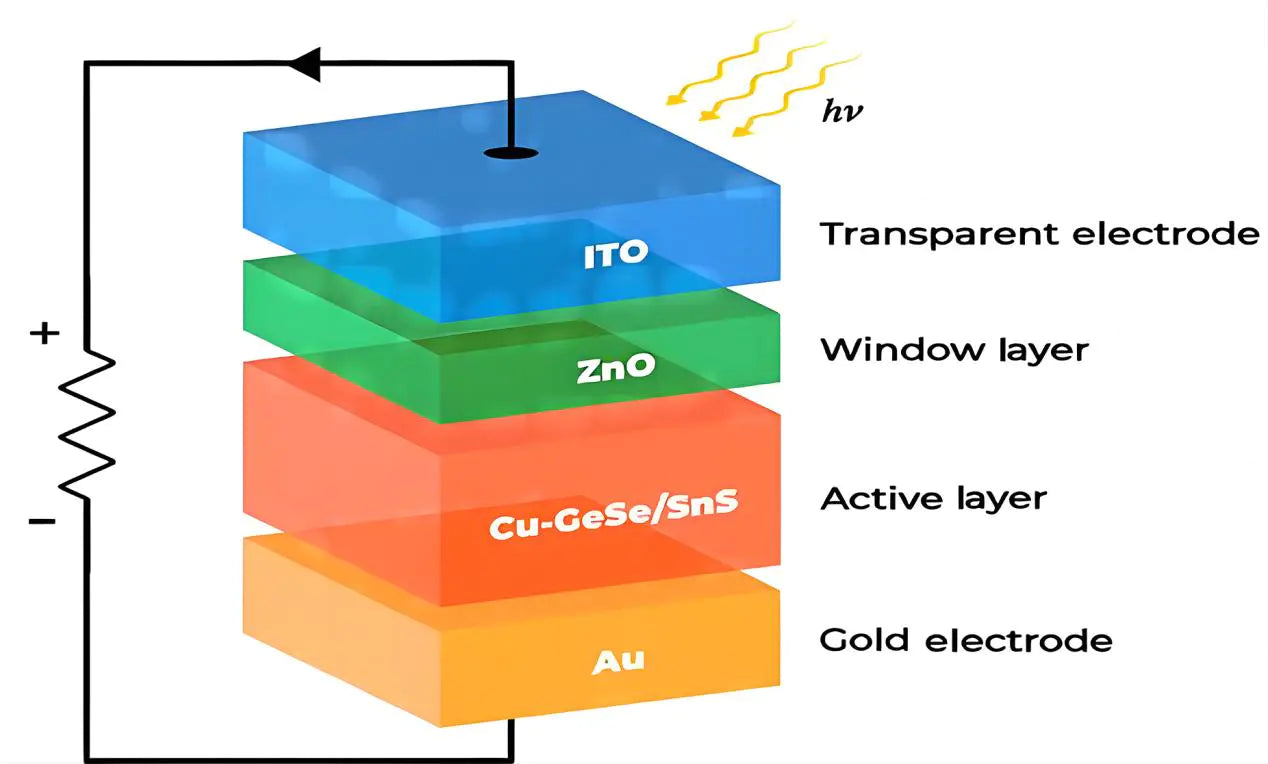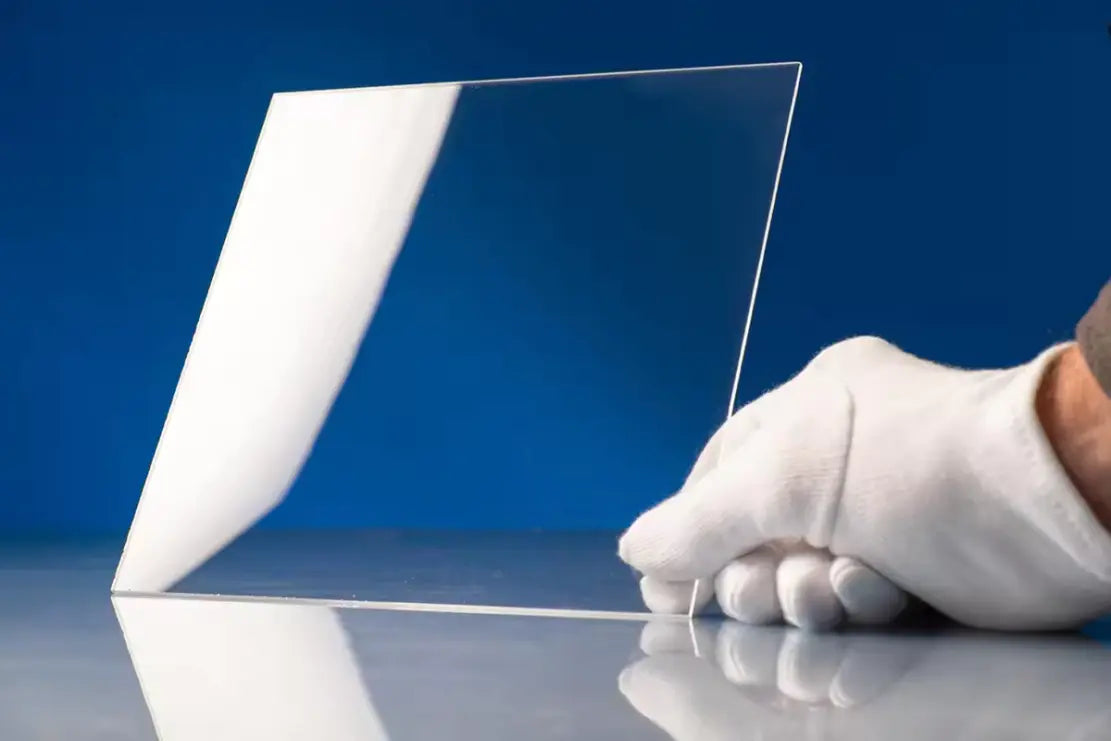We often receive inquiries from clients asking us how to decide between using AG (Anti-Glare) glass or AR (Anti-Reflection) glass. The answer to this question is quite broad and cannot be determined by a single criterion alone.
AG glass and AR glass have their distinct applications. This article aims to share some common decisive factors and judgment experiences, combining New Way Glass's own experience and the needs of our clients.
Transmittance:
If the end product requires a transmittance of more than 93% through the glass cover, an AR (Anti-Reflection) coating is basically necessary. Float AG (Anti-Glare) glass typically has a transmittance of 88% to 91%, while Gorilla glass etched with AG can reach around 93%. After applying an AG coating to the glass, the highest transmittance can reach 98.5 to 99%.
Usage Environment:
If the product is to be used in environments with strong or direct light, such as outdoors, we recommend using AG glass. This is because AG processing turns the reflective surface of the glass into a matte, diffuse reflective surface, which can blur the effects of reflection, prevent glare, and also reduce reflectivity, diminishing light and shadow. Additionally, in certain special environments, such as hospitals, food processing plants, chemical plants, military applications, and maritime settings, where glass covers absolutely cannot have surface peeling, AG glass is etched to a depth of about 0.05mm in the glass, ensuring it will never peel off. However, although AG glass coating technology is advancing rapidly, it still involves the formation of a new substance on the surface of the glass, so there is still a risk of peeling.
Product Cost:
The choice largely depends on the product's market positioning and target customer group. Some clients use a combination of AG glass and AR coating to achieve the desired functionality, such as in certain automotive touchscreens or display devices that employ this design process. Generally, both AG and AR glass involve at least a 50% cost increase over plain glass, due to the complexity of processing the glass itself and the technology involved in the industry. Therefore, the decision to use AG or AR glass ultimately depends on the specific needs of the product.
Size Dimensions:
The processing size limitations of AG and AR glass can affect the quality and cost of the glass. Currently, AG glass can be processed in a larger size range for the same cost. The best quality or most durable AR glass processing technology is primarily vacuum sputtering, which limits the maximum size of the glass cover. However, for smaller sizes, especially for sizes similar to camera lens protective covers, we believe AR glass offers greater benefits.
Strengthening Conditions:
AR glass is typically strengthened before the coating is applied, with surface treatments done on the finished product. In contrast, AG glass undergoes surface treatment at the raw sheet stage, followed by shape processing and then chemical and physical strengthening before finally undergoing surface silk-screening.
As outlined above, the choice of process technology depends on specific needs. At New Way Glass, we focus on meeting wholesale needs, offering customized solutions to match your unique specifications. Our unwavering commitment to delivering exceptional quality and service sets us apart.





Solar Photovoltaic Glass: Classification and Applications
Optical Thin Film Coating Technology: Ultrasonic Spraying AR